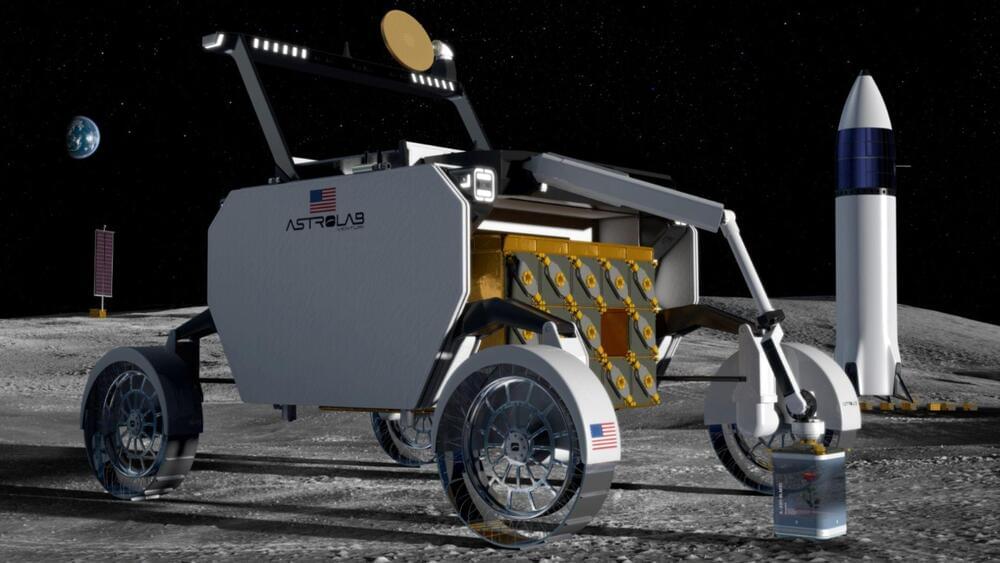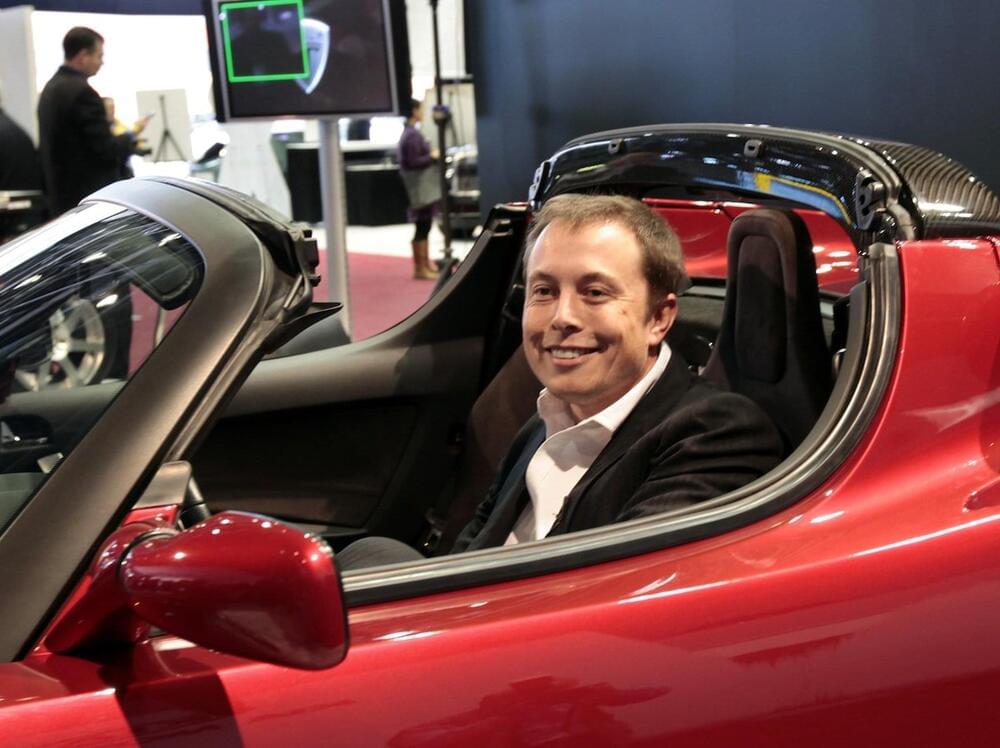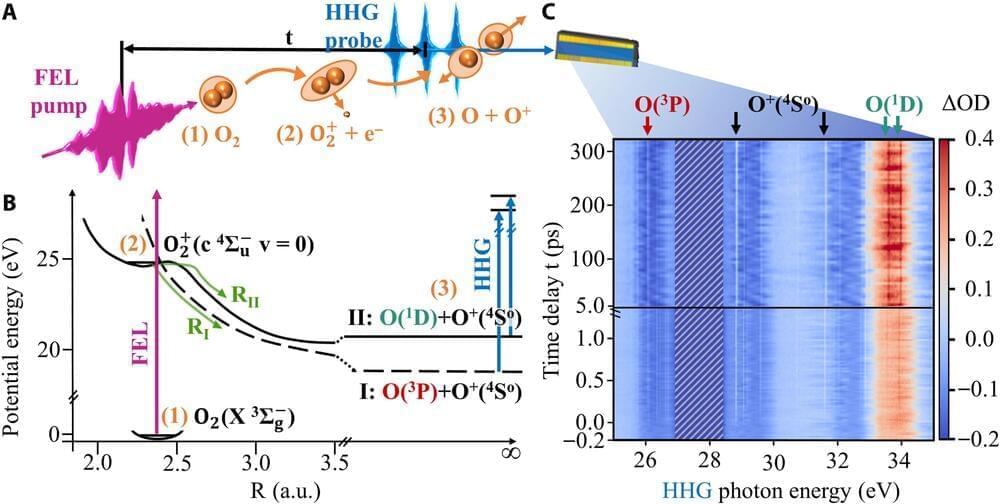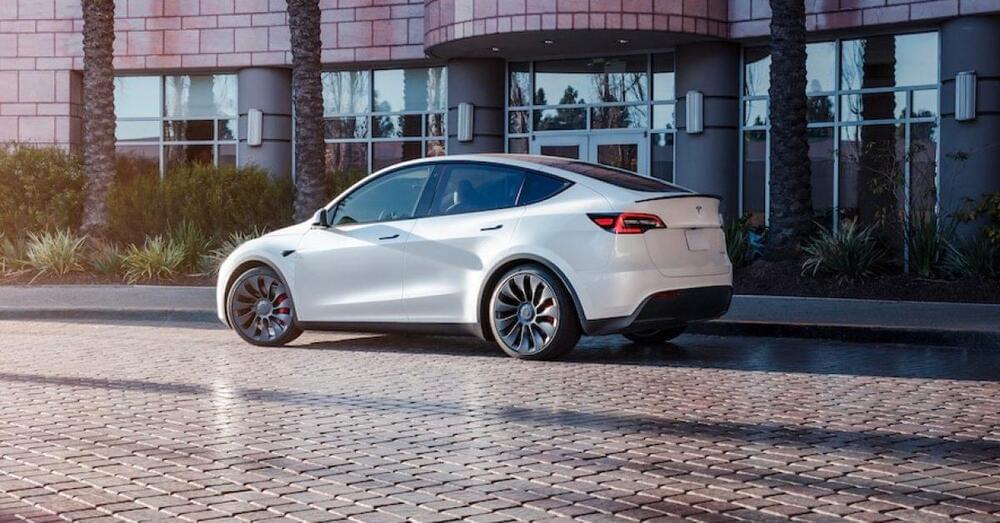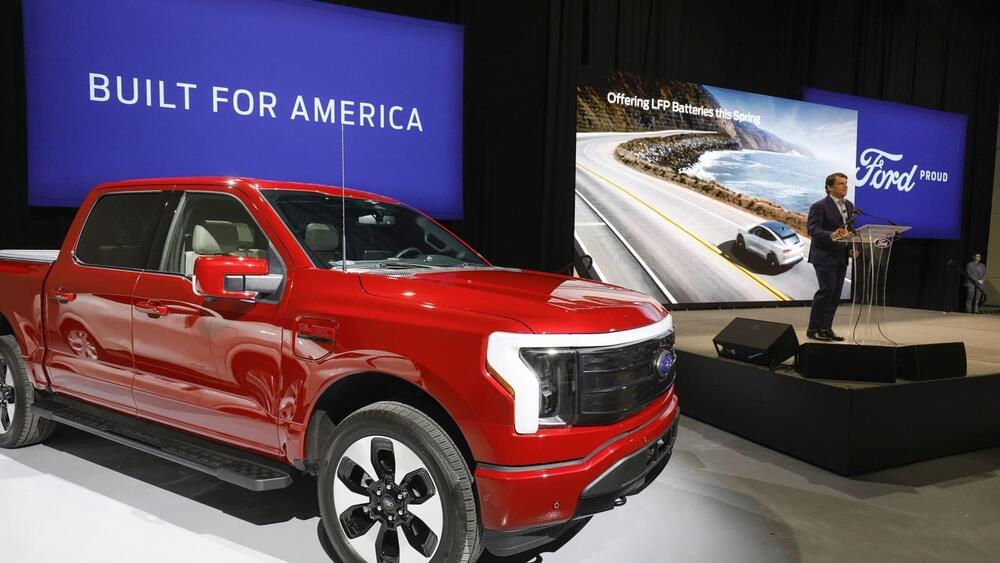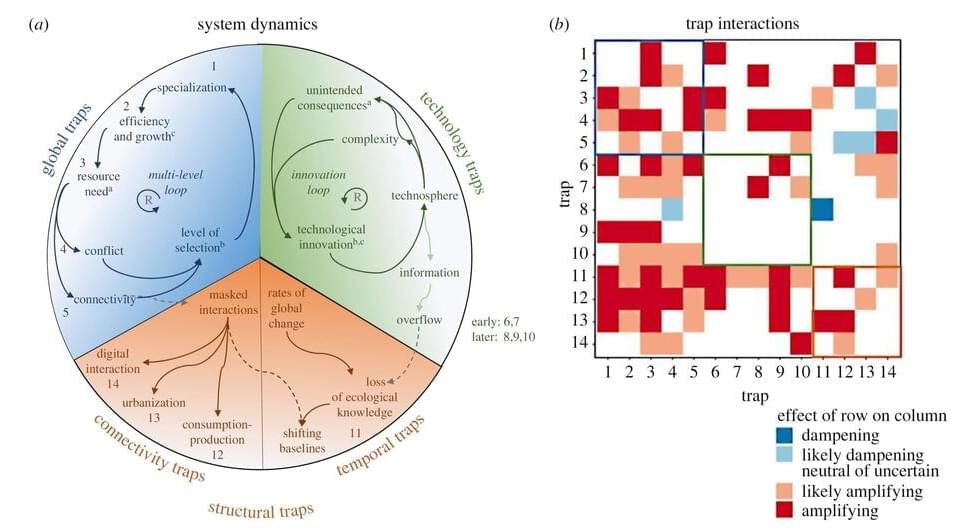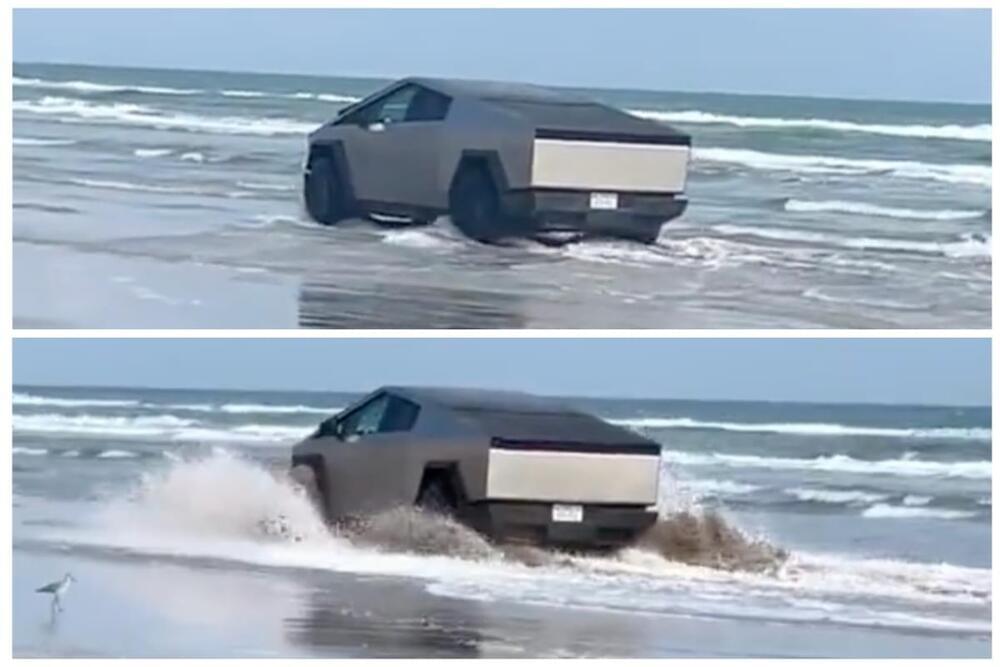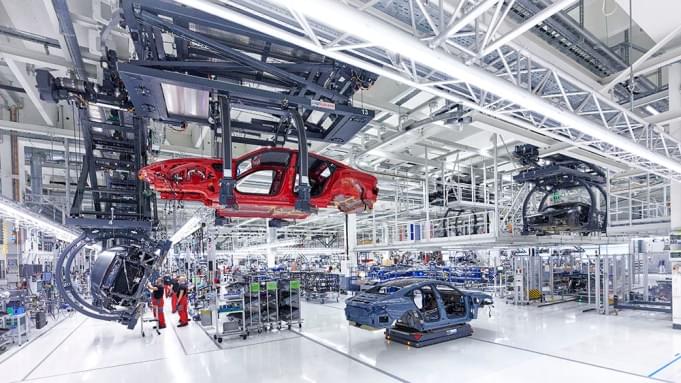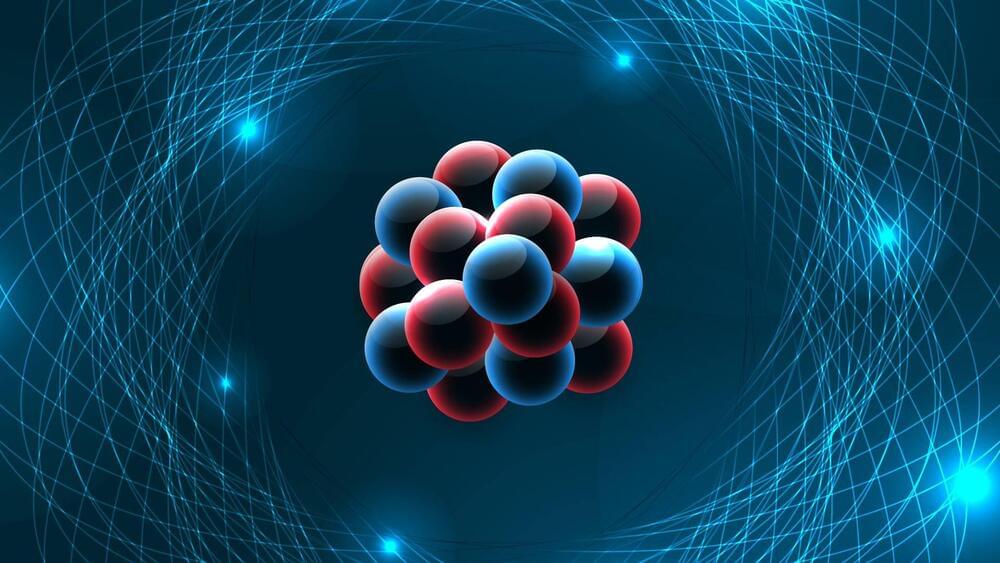
From Wi-Fi-connected home security systems to smart toilets, the so-called Internet of Things brings personalization and convenience to devices that help run homes. But with that comes tangled electrical cords or batteries that need to be replaced. Now, researchers reporting in ACS Applied Energy Materials have brought solar panel technology indoors to power smart devices. They show which photovoltaic (PV) systems work best under cool white LEDs, a common type of indoor lighting.
Indoor lighting differs from sunlight. Light bulbs are dimmer than the sun. Sunlight includes ultraviolet, infrared and visible light, whereas indoor lights typically shine light from a narrower region of the spectrum. Scientists have found ways to harness power from sunlight, using PV solar panels, but those panels are not optimized for converting indoor light into electrical energy.
Some next-generation PV materials, including perovskite minerals and organic films, have been tested with indoor light, but it’s not clear which are the most efficient at converting non-natural light into electricity; many of the studies use various types of indoor lights to test PVs made from different materials. So, Uli Würfel and coworkers compared a range of different PV technologies under the same type of indoor lighting.
